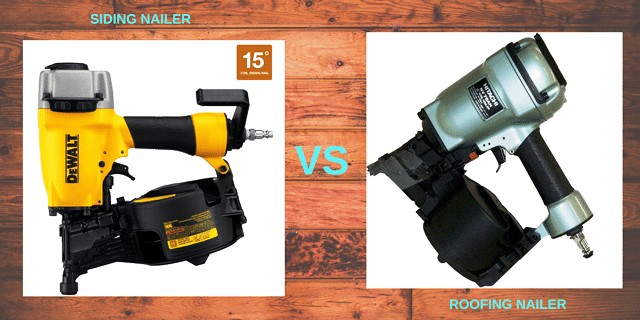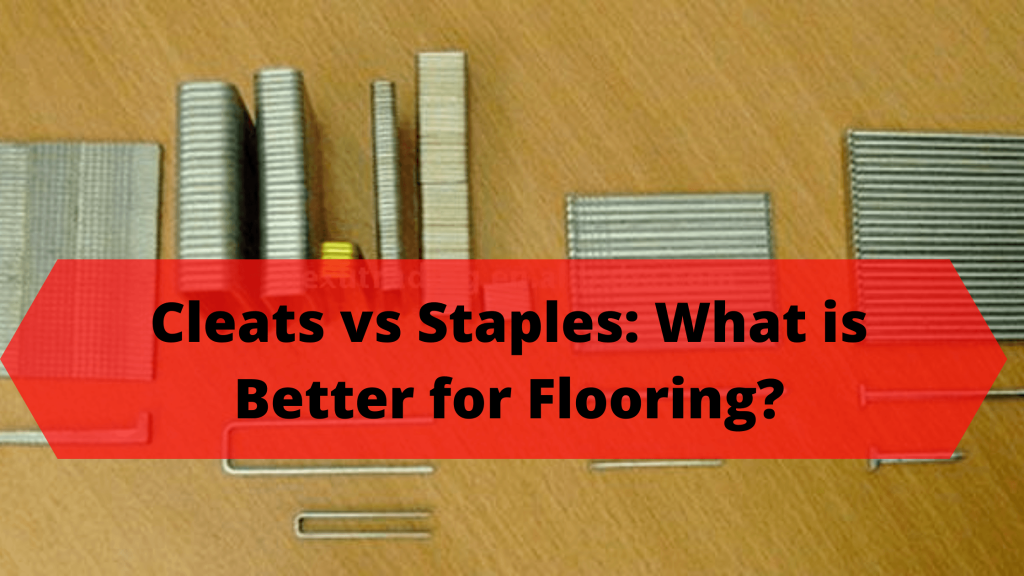The main task of a nailer is to put nails into the surface but still, there are so many varieties in nailers for their various purposes. These varieties are actually depending on the features and structure of nailers.
Roofing and siding nailer are two of these varieties where the difference is actually based on where it’s uses, features and structures.
The main difference between these nailers is roofing nailer actually uses to do a roofing job such as nailing shingles on the other hand siding nailer is used to do siding job such as woodworking.
In a Hurry? Check Our Top Chosen Products Comparison of Siding vs Roofing Nailer
[amazon table=”987″]
What is a Roofing Nailer?
A roofing nailer is a nail gun which is usually used to put asphalt shingles or fiberglasses on the rooftop of the house so that the house can save form any natural disaster and also give protection to the insiders.
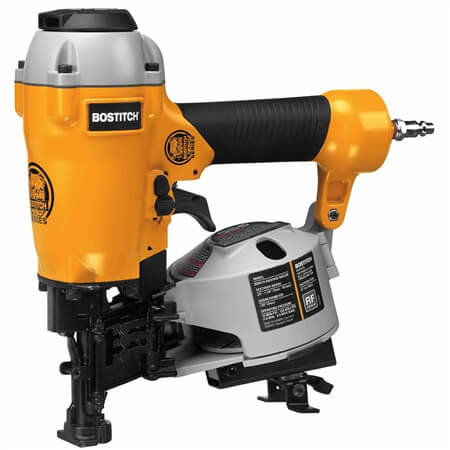
It’s actually designed especially for the purpose of roofing because the shingles have to be replaced within 20 years. If any other disaster like storm happens, nail replacement will be occurred to soon so that the nails of this nailer has to be different than other nailers.
These nails have to hold the shingles tight so that they won’t going to fall apart and at the same time it has to be easy to pull out.
Top Roofing Nailers
[amazon bestseller=”roofing nailer” items=”3″ grid=”3″]
What is a Siding Nailer?
Siding nailer is a miniature form of a framing nailer. It is used for attaching a wooden piece or sometimes vinyl siding. This nailer is designed to hold the siding for an extended period.
The nails of this nailer are varied from the surface. If the surface is thick, the nails will be longer than the regular nails.
Roofing Nailer vs Siding Nailer: 5 Points Comparison
We already know the differences between coil and stick nailer and Electrical vs Pneumatic nail guns.
Here, are some differences of siding and roofing nailer which is discussed vividly along with some points:
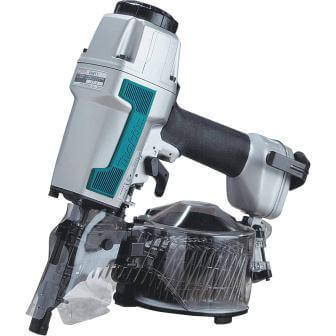
Nails
Roofing nailer has different nails than siding nailer. Usually, roofing nailer is used to put the shingles tight on the surface. The length of nails is varied from the thickness of the surface.
On the other hand, siding nails are only used for fastening siding stuff so that the nail has to be strong enough to hold it.
Learn about 15 vs 16g Finish Nailers
Learn about Straight vs Angled Finish Nailer
Learn about Flooring vs Roofing Nailer
Nail tip
In roofing nails, the tip of the nail is broad so that at any time the nail can be pulled out on the other hand in siding nails there is no wide nail tip because it is not made to hold the surface rather than attaching it with another surface.
Depth adjustment
As in siding nailer, nails have a different length so that there is a depth measurement adjustment which helps to get the exact depth of the surface.
Size of the nailer
Usually, a roofing nailer is bigger than siding nailer because the area of the work is on the roof and the nailer has to carry an efficient amount of nails n its magazine. On the other hand, a siding nailer is used in a small range of area. It comes into a small size for the housebuilder so that they can easily use it.
Nail type
The roofing nails have to be galvanized so that it will prevent the nails from being rusting by the touch of water and oxygen.
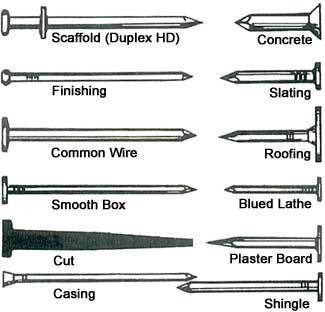
Nail size
Generally, roofing nails are about 1-3/4” long to hold the shingles. On the other hand, according to the thickness of the surface, siding nails are about 2-1/2” long.
As these nailers are working in a different area so there are some using tips should be maintained.
Roofing nailer using tips
- Always safety comes first. Using roofing nailers on the rooftop is quite risky. So the builders should use different types of safety gadgets like a rope to protect themselves from falling. Wearing glasses and gloves are mandatory.
- Always look after the powerhouse of the nailer. If it’s a battery or cordless nailer, builders have to carry the nail gun carefully because a battery nailer is much heavier than a pneumatic nailer. In pneumatic nailers, always look after the cord of the nail gun.
- If you want to nail solar panels on your roof always look for top-quality solar panels at a great price otherwise roofing nailer faces a lot of problems installing that.
- Before starting roofing always loaded the magazine first.
- Don’t rush during the shoot. Always keep an eye on the surface.
And here are some siding nailer using tips
- As usually safety is the first choice
- Using the right material for siding
- First point the gun on the surface and then pull the trigger
- Before triggering, be careful about the surface or otherwise there will be occurred any injury.
- After using the nailer, put the nail gun out from the powerhouse and save the energy
Conclusion
Both nailers are used in their different purposes but still roofing nailer is the best as it is used for roofing shingles and cannot be replaced by another nailer. On the other hand, a siding nailer can be replaced by any framing nailer as it is a miniature form of it.

 February 1, 2019
February 1, 2019  5 Min
5 Min  No Comment
No Comment 